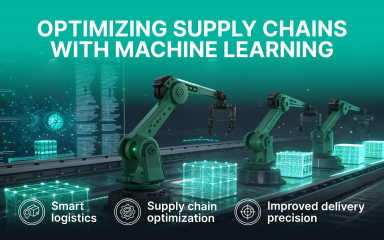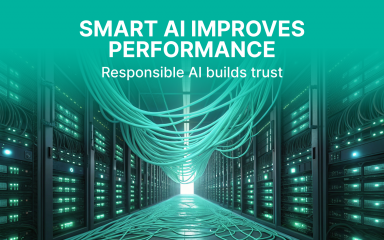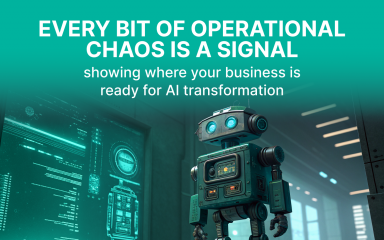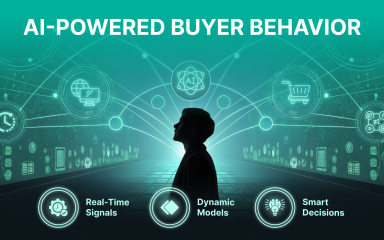5 Red Flags That Indicate Your eCommerce Isn’t Ready for the AI Future
If you’re still wondering whether AI matters for your eCommerce store, bad news: the race already started. And the winners? They’re the ones quietly building smarter operations while the rest are stuck patching spreadsheets.
AI in eCommerce isn’t just some tech trend for “later.” It’s already shaping who survives—and who gets left behind. According to Precedence Research, the global artificial intelligence in e-Commerce market was valued at USD 7.25 billion in 2024 and is projected to grow to USD 9.01 billion by 2025. Even more staggering? By 2034, it is expected to surpass USD 64.03 billion, growing at a CAGR of 24.34%.
In North America alone, where digital transformation budgets are leading the charge, the AI in eCommerce market size is expected to jump to nearly USD 17.83 billion by 2034.
The real question is: Are you ready to compete, or are you just hoping to keep up?
These five signs aren’t just warning lights—they’re flashing neon indicators that your store might be losing out while others ride the AI wave straight to better margins, customer loyalty, and stronger market visibility.
You’re Still Relying on Manual Processes
There’s something comforting about spreadsheets. They’re familiar. They don’t break unless you do something catastrophically wrong. But here’s the problem—they don’t scale. And they certainly don’t think ahead.
Suppose you’re still updating product stock levels by hand, manually tagging listings, or using basic rule-based automations. In that case, you’re not just slow—you’re invisible to the systems powering modern AI-driven eCommerce solutions.
AI automation in eCommerce isn’t about replacing people. It’s about letting your team focus on strategy while the machine handles the grunt work—predicting stockouts, auto-generating product descriptions, handling basic content creation, and managing real-time, dynamic pricing.
You know what’s scarier than change? A competitor who already made the leap—and shaved hours (and dollars) off every workflow.
Modern AI for online stores isn’t about removing the human touch — it’s about amplifying your team’s performance with smarter, faster tools for optimization and growth.
You Don’t Use AI-Powered Customer Service
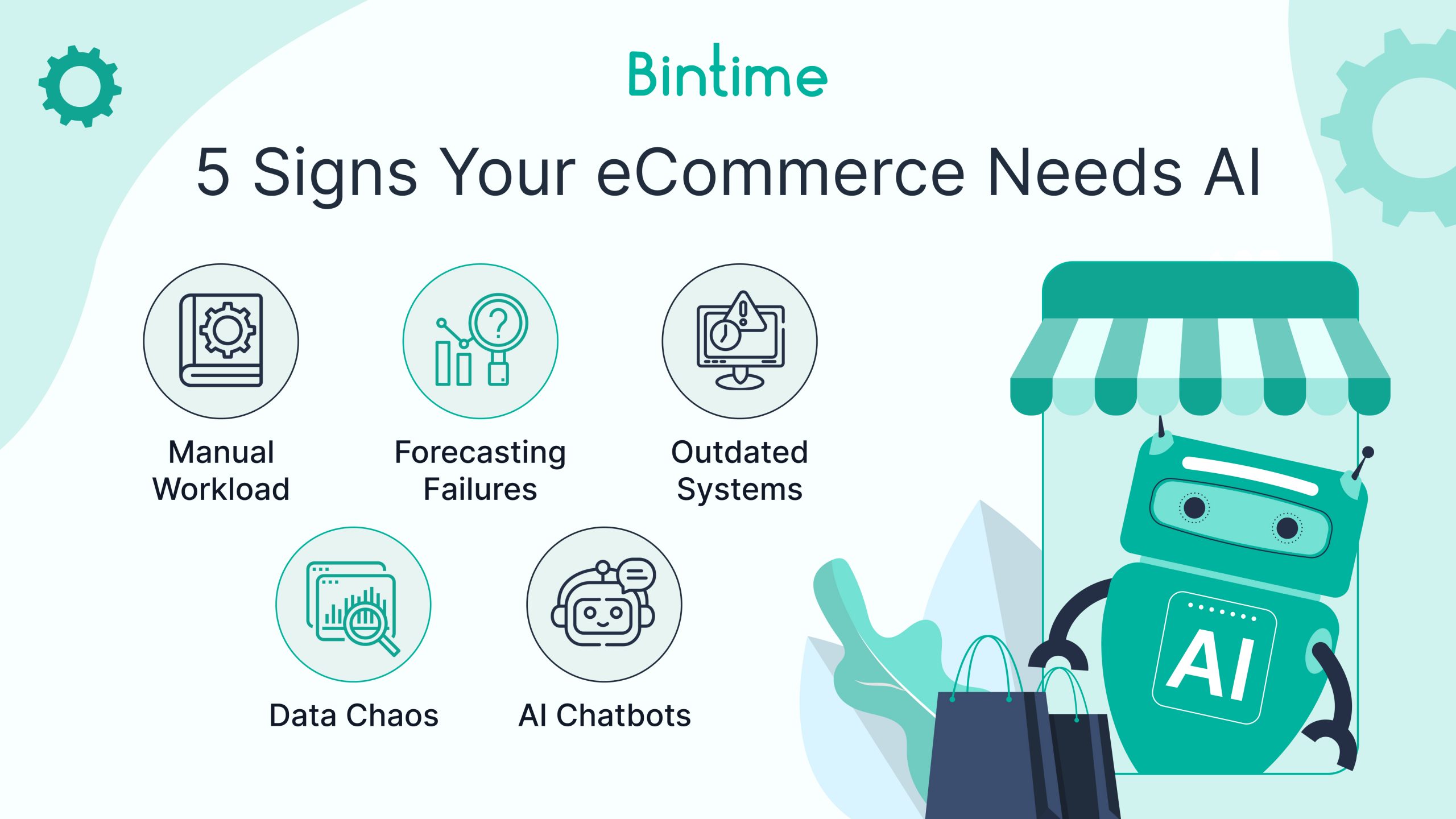
Let me ask you something: How quickly do you respond to your customers? If it’s longer than a few minutes, that’s too long.
Today’s shopping behaviors expect instant answers, and eCommerce AI tools like AI chatbots are setting the bar. Whether it’s about order status, size charts, or return policies, if you’re not offering round-the-clock support via chatbots or intelligent assistants, you’re probably losing conversions in real-time.
And no, this doesn’t mean replacing your support team. Think of it as giving them a sidekick—one that never sleeps, never forgets, and gets smarter over time. That’s the real benefit of the best AI chatbot for an eCommerce setup.
More importantly, this isn’t “nice to have” anymore. It’s baseline. Customers notice when you’re not keeping up, and they rarely come back.
AI adoption in retail has made customer experience faster, smarter, and more crucial than ever. Miss the window, and shoppers will quietly take their shopping elsewhere.
Your Data Isn’t Centralized or Actionable
Here’s where it gets messy. You might have data—tons of it. But if it’s scattered across channels, sitting in outdated CRMs, or siloed between teams, then it’s basically digital clutter.
AI in eCommerce can’t thrive without clean, centralized, and structured information. That’s how it learns. That’s how it personalizes. That’s how it knows when Sarah from Seattle might want a size 8 in navy, not black.
Smart AI data mapping is a crucial first step—connecting, cleaning, and structuring your product and customer data across platforms so AI systems can actually make sense of it.
When your data management is solid and your customer insights are centralized, AI can drive personalization engines that feel effortless and spot-on.
With AI personalization for eCommerce, the magic happens when your systems talk to each other: sales history, browsing behavior, email responses, and even reviews. When all that’s connected, you can stop guessing and start predicting.
So, ask yourself: can you see the whole customer journey at a glance? If not, you’re not just missing context. You’re missing conversions.
You’re Not Leveraging Predictive Analytics
Think about your last big sales campaign. Did you plan your inventory based on last year’s results? Gut feeling? Team huddle?
That’s a problem.
AI in eCommerce analytics has shifted the game from reactive to predictive. Today, brands are using machine learning to spot trends before they become mainstream, adjust pricing dynamically, and forecast demand weeks—even months—in advance.
It’s no coincidence that North America already accounts for nearly 39% of the global AI in eCommerce market share. Retailers who invest early are locking in smarter operations, better personalization, and faster inventory turnover, while those dragging their feet are watching from the sidelines.
It’s like having a crystal ball, only more accurate—and less mystical. Predictive analytics in eCommerce means fewer stockouts, better margins, and way less waste. And yes, it also means knowing which items to reorder before your warehouse even starts to feel the pinch.
Still doing it manually? That lag is costing you.
Your Tech Stack Doesn’t Support AI Integration
You can’t expect modern software and AI solutions to run on decade-old platforms. It’s like trying to stream Netflix on a flip phone—technically possible, but deeply frustrating.
If your current systems don’t support APIs, lack real-time data flows, or live in isolated silos, then you’re not just behind—you’re setting yourself up for long-term friction.
Scalable AI implementation in eCommerce platforms needs cloud infrastructure, flexible architecture, and the ability to connect with third-party tools. No exceptions. That’s how enterprise AI chatbot systems and AI-powered search or personalization engines plug in and get to work.
If your tech team’s answer to every upgrade is “not compatible,” you’re not future-proofing—you’re future-proofing your problems.
AI transformation in retail isn’t about flashy upgrades; it’s about setting a solid foundation that lets every future innovation plug in smoothly across your operations.
So, What Now? Here’s the Reality Check.
Falling behind in the AI revolution in eCommerce isn’t just a future problem. It’s happening now—in search results, in cart abandonment stats, in retention numbers. But it’s not all doom and gloom.
Start small. Audit your current tools. Identify where manual work is slowing you down. Then, explore AI solutions that actually fit—don’t chase trends, chase results.
And if you’re unsure where to begin? Bintime can help. Whether it’s building an AI eCommerce strategy for 2025 or assessing your current AI readiness for eCommerce, there’s a smarter path forward.
Optimize today—because the future won’t wait.

